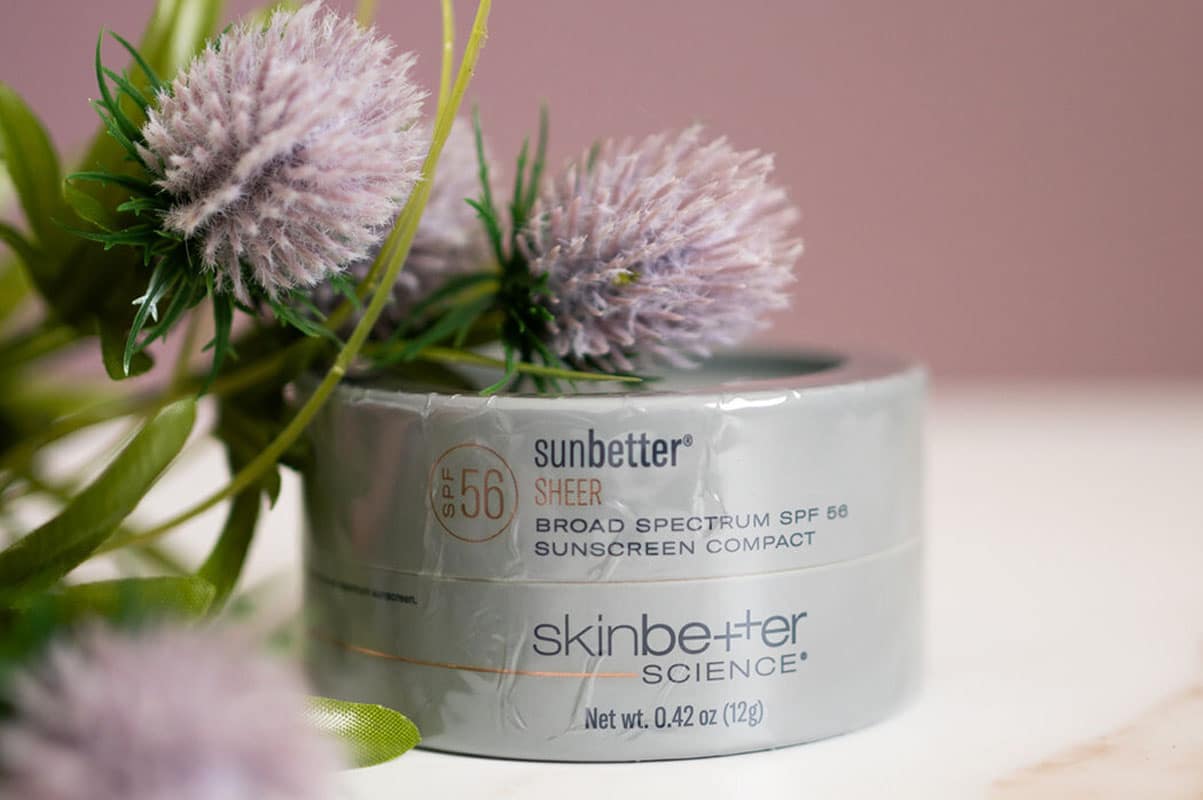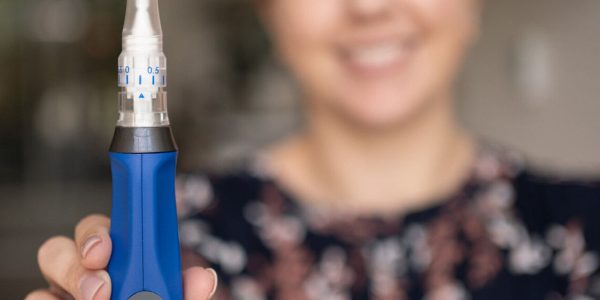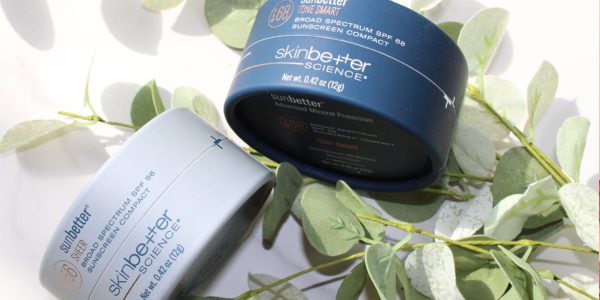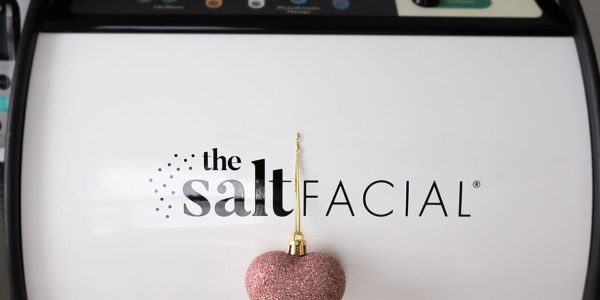Skin Cancer Awareness Month: A Call to Action for Skin Health
As we step into Skin Cancer Awareness Month, La Fleur Aesthetics is committed to shedding light on the sobering statistics surrounding skin cancer. Recent data has revealed a concerning trend of rising skin cancer rates, especially among young individuals. This alarming increase underscores the imperative of understanding the importance of sun protection and debunking common myths and misconceptions about sunscreen and sun exposure.
Rising Rates of Skin Cancer: A Growing Concern
The escalating rates of skin cancer have become a pressing concern, especially among young adults, shedding light on the pervasive impact of UV radiation and the critical need for proactive measures to safeguard our skin health.
In recent years, there has been a significant uptick in skin cancer cases, prompting heightened awareness and preventive efforts across the healthcare community. Data compiled by leading dermatological organizations, such as the American Academy of Dermatology, reveals a startling 15% surge in skin cancer rates over the past decade alone. This sharp increase serves as a reminder of the relentless effects of UV radiation on our skin and the urgent call to action for better protection.
The rise in skin cancer cases among young people is particularly alarming, indicating a shift in demographics affected by this potentially life-threatening condition. Factors such as increased sun exposure due to outdoor activities, tanning trends, and inadequate sun protection practices contribute to this concerning trend. As such, it’s imperative to address these issues comprehensively and instill sun-safe habits early in life to mitigate future risks.
Beyond statistics, this trend underscores the need for holistic sun protection strategies encompassing not only sunscreen use but also protective clothing, seeking shade during peak sun hours, and avoiding indoor tanning beds. Education and awareness play pivotal roles in empowering individuals to make informed choices about their skin health and take proactive steps toward prevention.
Moreover, regular skin checks and consultations with dermatological experts are essential components of skin cancer prevention and early detection. By fostering a culture of skin health consciousness and proactive care, we can work together to reverse this concerning trend and ensure a brighter, healthier future.
The Role of Sunscreen in Prevention: Dispelling Myths and Misconceptions
Sunscreen is a crucial tool in the fight against skin cancer and premature aging, yet misconceptions often cloud its true importance. Let’s dive deeper into these myths and unveil the realities surrounding sunscreen use and sun protection.
One of the most pervasive misconceptions is that sunscreen is only necessary on sunny days or during the summer months. While the sun’s intensity may vary throughout the year, UV rays can penetrate clouds and cause skin damage even on overcast days. This means that sunscreen should be a year-round essential in your skincare regimen, regardless of the weather outside.
Another common myth is that applying sunscreen once in the morning is sufficient for the entire day. In reality, sunscreen’s effectiveness diminishes over time, especially with exposure to sweat, water, or rubbing. Reapplication every two hours, or more frequently if engaging in activities that cause sweating or swimming, is crucial for maintaining adequate protection.
Moreover, there’s a misconception that a higher SPF (Sun Protection Factor) in sunscreen provides significantly longer protection. While higher SPF values offer increased protection against UVB rays, they don’t extend the duration of protection proportionally. SPF 30 blocks about 97% of UVB rays, while SPF 50 blocks around 98%, showing that the difference is minimal. Regardless of SPF, regular reapplication is key for sustained protection.
The myth that wearing sunscreen alone provides complete protection against UV rays is also misleading. Sunscreen is just one part of a comprehensive sun protection strategy. Seeking shade during peak sun hours (10 a.m. to 4 p.m.), wearing protective clothing such as hats and sunglasses, and avoiding tanning beds are equally crucial in minimizing UV exposure and reducing skin cancer risks.
Another prevalent myth is that all sunscreens are the same, regardless of their ingredients or formulation. In reality, different sunscreens may offer varying levels of protection, and choosing the right one for your skin type and activities is essential. Opting for broad-spectrum sunscreens that protect against both UVA and UVB rays, as well as considering water-resistant options for outdoor activities, can enhance your sun protection efficacy.
Lastly, there’s a misconception that sunscreen is only for the face and exposed skin areas. Neglecting to protect commonly overlooked areas like the ears, neck, hands, and feet can leave them vulnerable to sun damage and skin cancer development. Ensure thorough application to all exposed areas for comprehensive protection.
Let’s dispel these myths and embrace the reality that sunscreen is a year-round necessity for everyone, regardless of skin color or weather conditions. By prioritizing sun protection and debunking misconceptions, we can pave the way for healthier skin and a reduced incidence of skin cancer in the future.
Long-Term Effects of Sun Exposure: Understanding the Risks
Prolonged sun exposure can lead to a range of long-term consequences, including premature aging, wrinkles, sunspots, and an increased risk of skin cancer. UV radiation damages the skin’s DNA, leading to cellular mutations that can culminate in various forms of skin cancer, including melanoma, basal cell carcinoma, and squamous cell carcinoma.
By prioritizing sun protection measures, such as wearing sunscreen, seeking shade, and wearing protective clothing, individuals can mitigate these risks and maintain healthier, youthful-looking skin in the long run.
Identifying Rosacea and Common Triggers
Making sunscreen a non-negotiable part of your daily routine is key to effective sun protection. Here are some tips to seamlessly incorporate sunscreen into your skincare and makeup regimen:
1. Choose the Right Sunscreen
La Fleur Aesthetics is dedicated to ensuring that you have the best sun protection tailored to your skin’s unique needs. Our team of skincare experts can guide you in selecting the optimal sun protection products that align with your skin type, lifestyle, and specific concerns.
When it comes to choosing sunscreen, it’s essential to opt for a broad-spectrum formula with SPF 30 or higher. Broad-spectrum sunscreens provide protection against both UVA and UVB rays, offering comprehensive defense against sun damage. SPF 30 is recommended as it blocks about 97% of UVB rays, striking a balance between efficacy and usability.
By partnering with La Fleur Aesthetics, you can feel confident that you’re making informed choices about sun protection, promoting skin health, and reducing the risks associated with sun exposure. Let us help you achieve a sun-safe skincare routine that keeps your skin looking and feeling its best for years to come.
2. Apply Generously
Use enough sunscreen to cover all exposed skin areas, including the face, neck, ears, and hands. Reapply every two hours, or more frequently if swimming or sweating. When it comes to applying sunscreen, the amount you use makes a significant difference in its effectiveness. For the face, experts recommend applying about a nickel-sized amount of sunscreen to cover the entire face and neck adequately. Don’t forget areas like the ears and back of the neck, which are often overlooked but are prone to sun exposure.
For the body, the general rule of thumb is to use about one ounce of sunscreen, which is roughly equivalent to filling the palm of your hand, to cover exposed areas. This amount should be enough to protect your arms, legs, chest, and back thoroughly. Remember to pay attention to areas that are easily forgotten, such as the tops of your feet, hands, and any areas where clothing gaps may occur.
At La Fleur Aesthetics, we emphasize the importance of proper sunscreen application to ensure maximum protection against harmful UV rays. Our skincare experts can provide personalized guidance on sunscreen usage tailored to your skin type and lifestyle, helping you maintain healthy and radiant skin year-round.
3. Blend with Makeup
Many moisturizers, foundations, and tinted sunscreens now contain SPF, making it easier to combine sun protection with your makeup routine. Look for products labeled “SPF” or “sunscreen-infused” for added protection. If you need assistance in choosing the best makeup products with SPF for your skin type and preferences, La Fleur Aesthetics can provide personalized recommendations. Our skincare experts can help you find makeup products that not only enhance your beauty but also offer effective sun protection, ensuring that your skin stays healthy and radiant throughout the day.
4. Layer Sun Protection
Consider using additional protective measures such as hats, sunglasses, and UV-protective clothing for extended outdoor activities. Wide-brimmed hats provide shade for your face, ears, and neck, reducing direct sun exposure and protecting your scalp from sunburn. Sunglasses with UV protection not only shield your eyes from harmful rays but also protect the delicate skin around your eyes from sun damage.
UV-protective clothing, including lightweight long-sleeved shirts, pants, and swimwear, offers an extra layer of defense against UV radiation. These garments are specially designed to block or absorb UV rays, minimizing skin exposure and reducing the risk of sunburn and long-term skin damage. When engaging in outdoor activities, especially during peak sun hours, incorporating these protective measures alongside sunscreen enhances your overall sun safety and promotes skin health.
Skin Cancer Prevention Tips: Beyond Sunscreen
While sunscreen is a vital component of sun protection, adopting a comprehensive approach to skin cancer prevention is essential. Here are additional tips and strategies:
- Seek Shade: Limit direct sun exposure, especially during peak hours (10 a.m. to 4 p.m.), when UV rays are strongest.
- Protective Clothing: Wear lightweight, long-sleeved shirts, wide-brimmed hats, and UV-blocking sunglasses to shield your skin and eyes from UV radiation.
- Regular Skin Checks: Perform monthly self-exams to monitor any changes in moles, freckles, or skin irregularities.
- Avoid Tanning Beds: Indoor tanning exposes the skin to harmful UV radiation, increasing the risk of skin cancer and accelerating skin aging.



